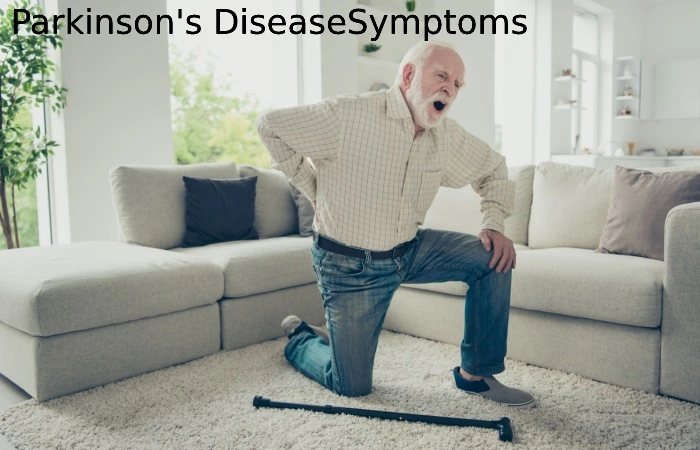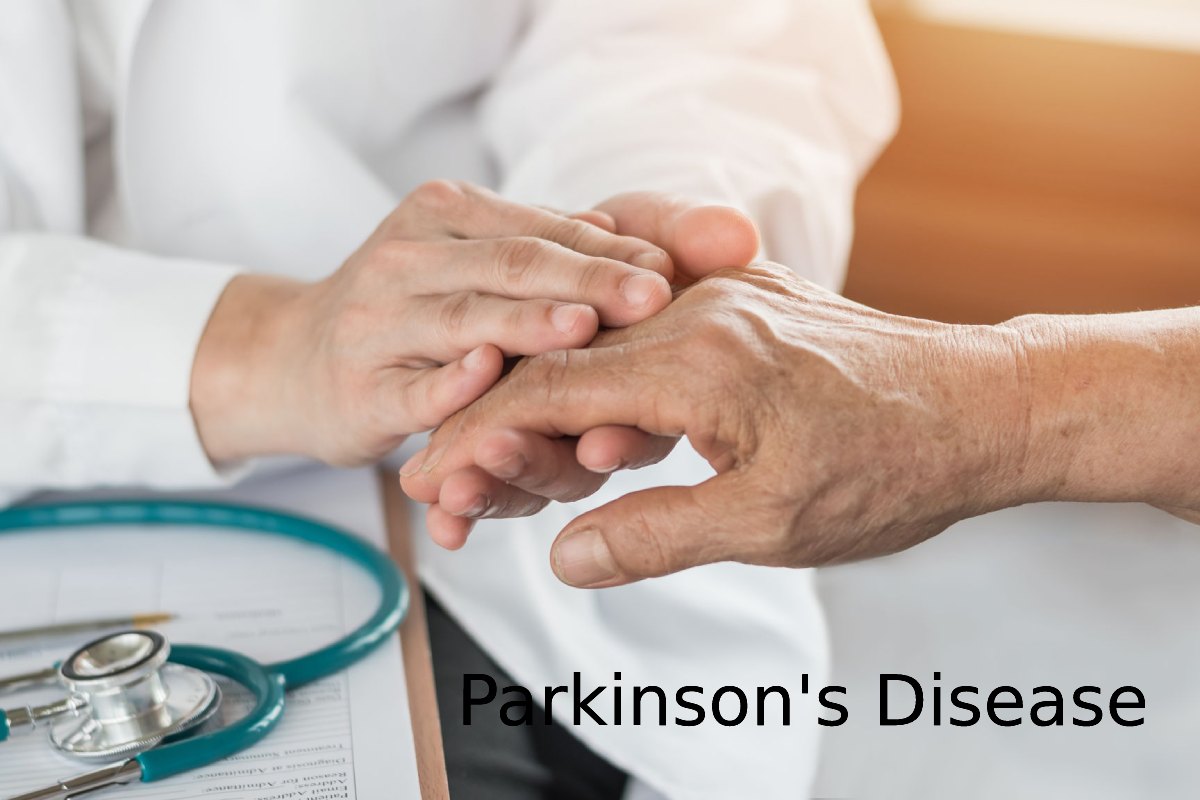Parkinson’s disease is the subsequent most common neurodegenerative disease. It means that the disease affects the nerve cells of those involved. The term “Morbus” comes from Latin and means “disease.” There is still no cure for Parkinson’s1.2 but its treatable. According to current health insurance data, more than 400,000 people in Germany affected by Parkinson’s disease, with men becoming ill somewhat more frequently than women.3On average, Parkinson’s occurs in patients at the age of 60.
Table of Contents
What Is Parkinson’s Disease?
Parkinson’s occurs due to a gradual breakdown of specific nerve cells in the brain.
Only a few cases can traces back to a hereditary predisposition. Previous brain damage from severe head injuries, strokes, or tumors can promote the onset of Parkinson’s.
Typical Symptoms Of Parkinson’s
Parkinson’s usually begins slowly and with non-specific symptoms. Patients often describe falling more often and report initial loss of motor control. It manifests itself, for example, in drooping arms and a changed gait due to dragging the legs. Sleep disorders, reduced bowel activity that leads to constipation, or disorders of the sense of smell are other early signs. Leg cramps and back, shoulders, or arms pain can also be early symptoms. Some patients also suffer from depression.

The Several Main Symptoms That Can Occur
There are three main symptoms. One of them is bradykinesia – an increasing slowing down of movements, which often also manifests itself in reduced facial expressions and speech disorders. As a result, the patients can only move with great difficulty, the steps become shorter, and the typical, forward-bent, small-step, and shuffling gait occurs.
Resting Tremor
A resting tremor is the most prominent symptom. When the patient is at rest, it is mainly the head and hands that tremble. With movement, the earthquake decreases or disappears altogether.
Rigor
This main symptom of Parkinson’s is persistent and involuntary muscle tension (also known as increased muscle tone). The flexor muscles are particularly affected, resulting in the typical bent-over posture with bent arms. Suppose you bend and stretch z. If, for example, the elbow or wrist of an affected person is passive, the so-called “cog wheel phenomenon” can occasionally be triggered – the movement then does not take place in one go but several small steps.
Postural Instability
Due to damage to the dopamine-producing nerve cells, some Parkinson’s patients find it challenging to maintain an upright posture. As a result, righting and holding reflexes, which subconsciously regulate gait and balance, are lost. As a result, it can cause difficulties with movements. In addition, patients may be prone to falling and stumbling.
Sleep disorders and depression can also be early signs of Parkinson’s and can appear years before the actual onset of the disease.
Changes in behavior can also become noticeable over time. Parkinson’s patients generally react more irritably, gradually withdrawing and avoiding social contact. It mainly contributes to the deterioration of language, writing, and other general limitations. For this reason, patients must receive suitable therapy to maintain as much flexibility as possible in everyday life and to be able to continue to lead a self-determined life.
Conclusion
Diseases are the most pathetic things in a person’s life. These diseases affect the immune system and cause an error in the body. Parkinson’s disease is also one such disease that affects the nervous system in the human body. The above information gives an outlook of the main symptoms of the disease.

